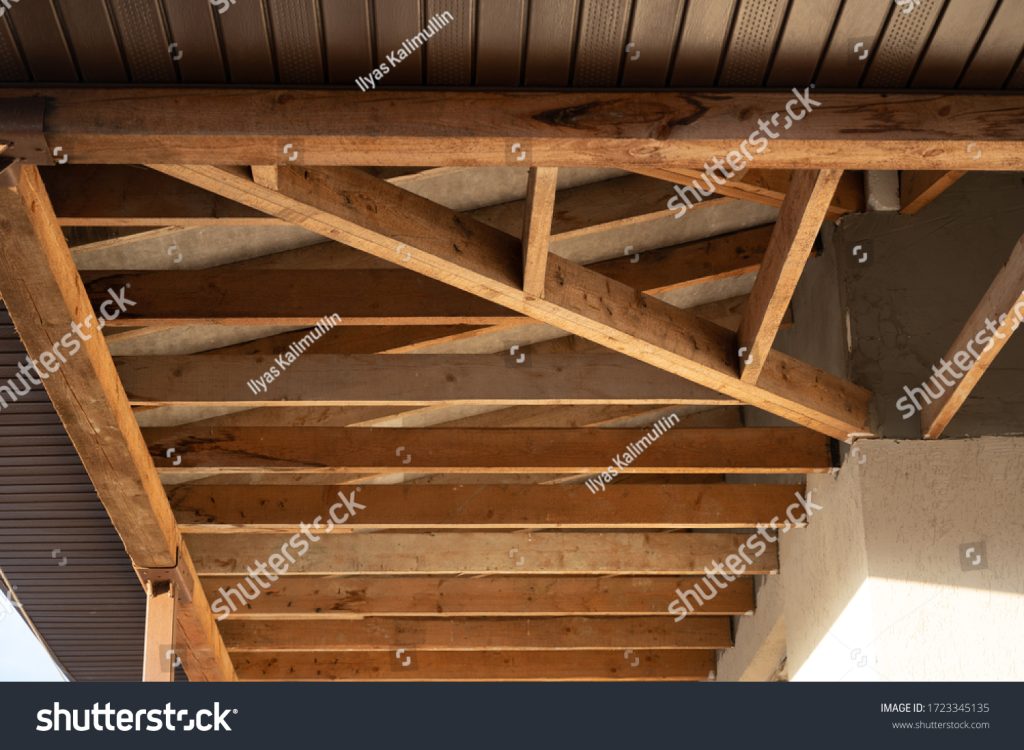TIMBERGUARD SOUTHWEST
Professional Timber Treatment & Preservation
Protect your property from dry rot, wet rot and woodworm with expert diagnosis, treatment and long-term protection from TimberGuard SW.
Understanding Timber Decay & Infestation
Timber is one of the most important materials in any building — but it’s also one of the most vulnerable. When exposed to moisture or left untreated, it can become a target for fungal decay and wood-boring insects, leading to serious structural damage and costly repairs.
At TimberGuard Southwest, we specialise in identifying and treating all forms of timber deterioration, including dry rot, wet rot and woodworm. Our PCA-qualified surveyors use advanced diagnostic tools to determine the exact cause, extent and type of problem before recommending the most effective treatment plan for your property.
Whether you’re dealing with an active infestation or want to protect your building as part of renovation works, our goal is simple — to restore, preserve and protect your timber for the long term.


Fungal Decay – Dry Rot & Wet Rot
Fungal decay occurs when moisture levels rise within timber, allowing fungi to grow and feed on the wood’s structure.
Dry rot (Serpula lacrymans) is the most aggressive form, spreading rapidly through masonry in search of new timber. Wet rot is less invasive but can still cause serious weakening in areas such as subfloors, roof timbers and window frames.
Typical signs include:
- Softened or crumbling wood
- Distorted or cracked timber surfaces
- Damp, musty odours
- Mycelium growth or fruiting bodies (reddish or white fungus)
Woodworm Infestation
Woodworm is the common name for the larvae of several species of wood-boring beetle, most notably the Common Furniture Beetle (Anobium punctatum). These larvae tunnel through timber as they feed, leaving tiny round exit holes and fine dust (frass) as evidence of their activity.
Common indicators include:
- Small round exit holes (1–2mm)
- Fine dust on or around affected areas
- Weak or hollow-sounding timbers
- Crumbling edges to joists or floorboards
If left untreated, woodworm can spread throughout a property and severely compromise its structural strength.

Our Timber Treatment Process
Every property is different — which is why we tailor our approach to suit the specific condition, extent of damage and type of timber present.
1. Survey & Diagnosis
Our qualified timber surveyors inspect all accessible areas, identifying decay or infestation and assessing any contributing factors such as damp or poor ventilation. A full report outlines our findings and recommended treatments.
2. Preparation & Application
Treatment areas are cleared of furniture and coverings before application. We use professional-grade, low-pressure spray systems to apply insecticidal and fungicidal solutions that penetrate deeply into the timber. In severe cases, gels or pastes are injected into affected areas, and masonry sterilisation may be carried out to prevent re-growth of fungal spores.
3. Aftercare & Reoccupation
Treated areas are safe to re-enter shortly after application, and our technicians ensure minimal disruption throughout. Where required, we can arrange follow-up inspections to confirm the long-term success of the treatment.
Preventative Timber Protection
We also offer preventive treatments for new builds, extensions and renovation projects — helping to safeguard structural timbers before problems arise. By addressing moisture control and applying protective coatings early, we ensure your timber remains sound and stable for decades to come.
Why Choose TimberGuard Southwest
- PCA-qualified timber and damp surveyors
- Safe, HSE- and COSHH-compliant treatment systems
- Proven solutions for all timber types and construction styles
- Complete service from diagnosis to restoration
- Long-term protection backed by expertise and experience
